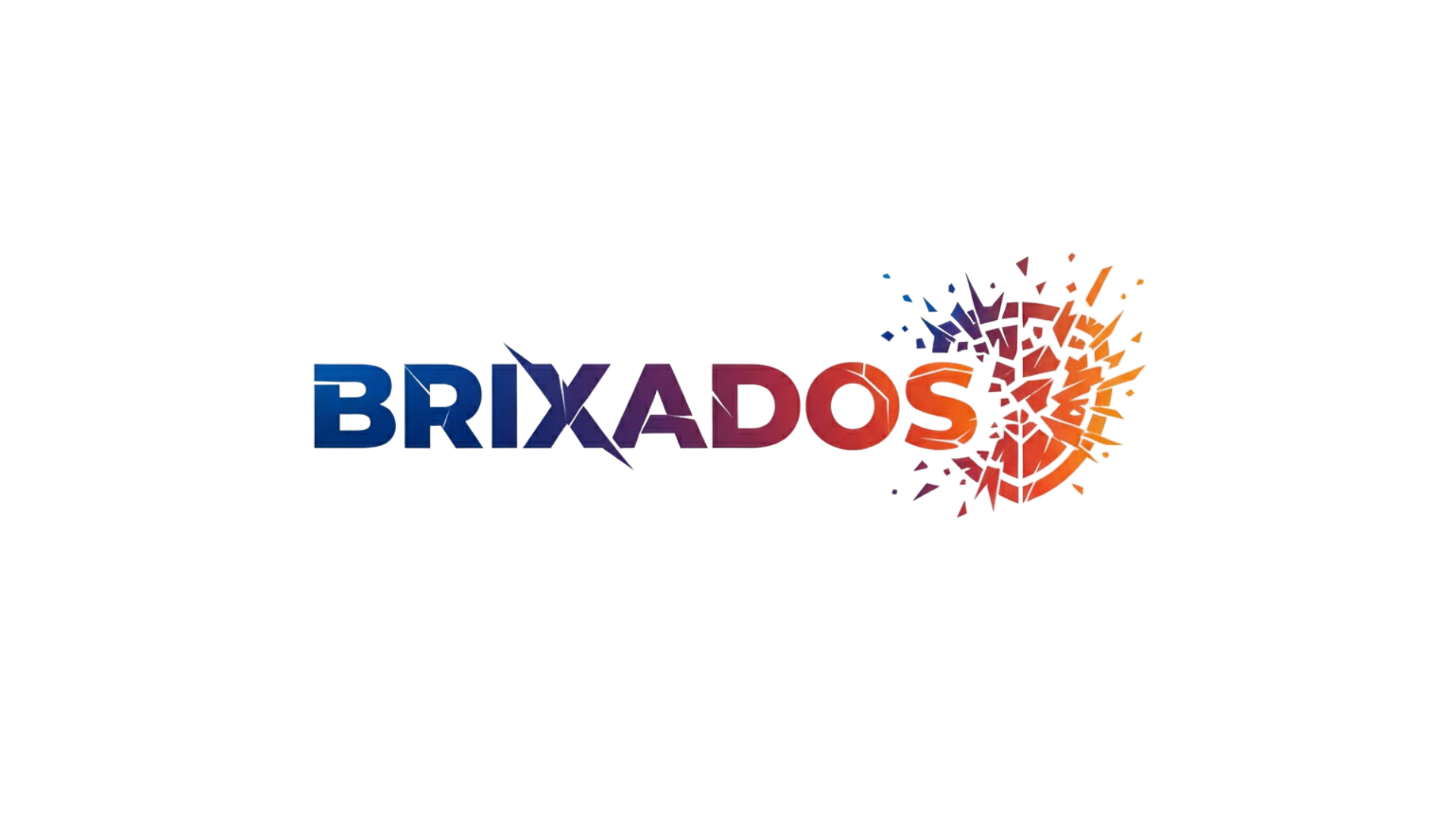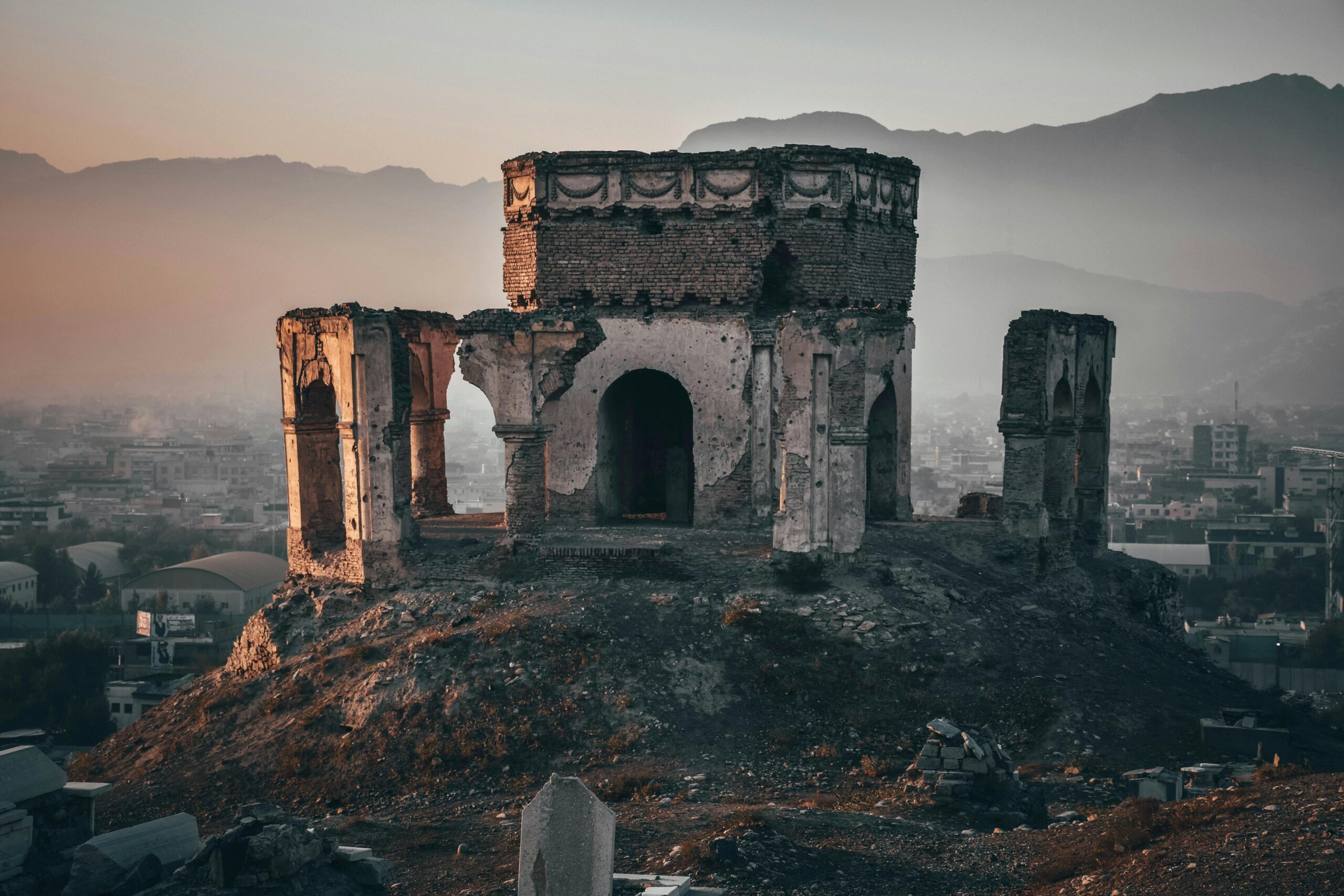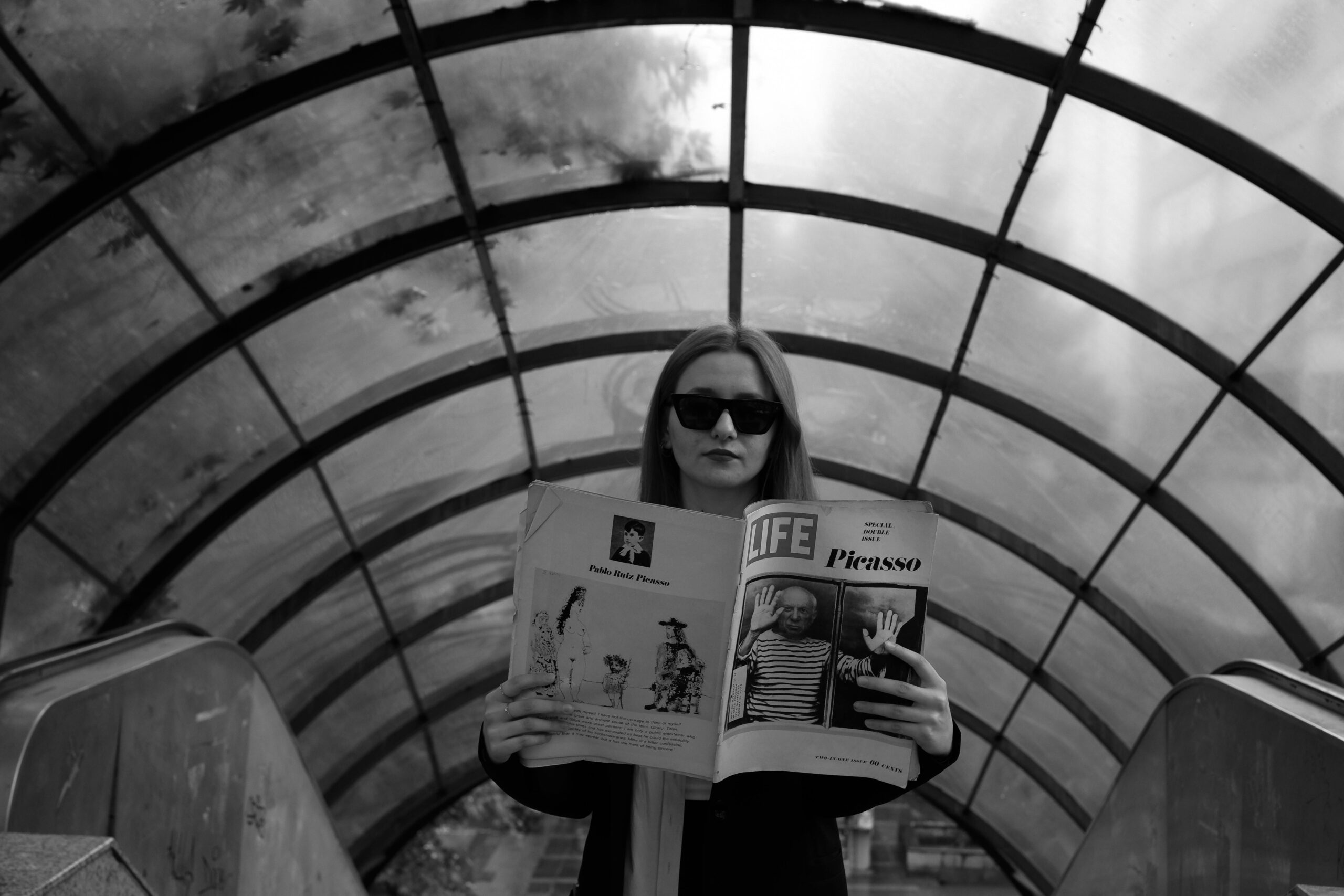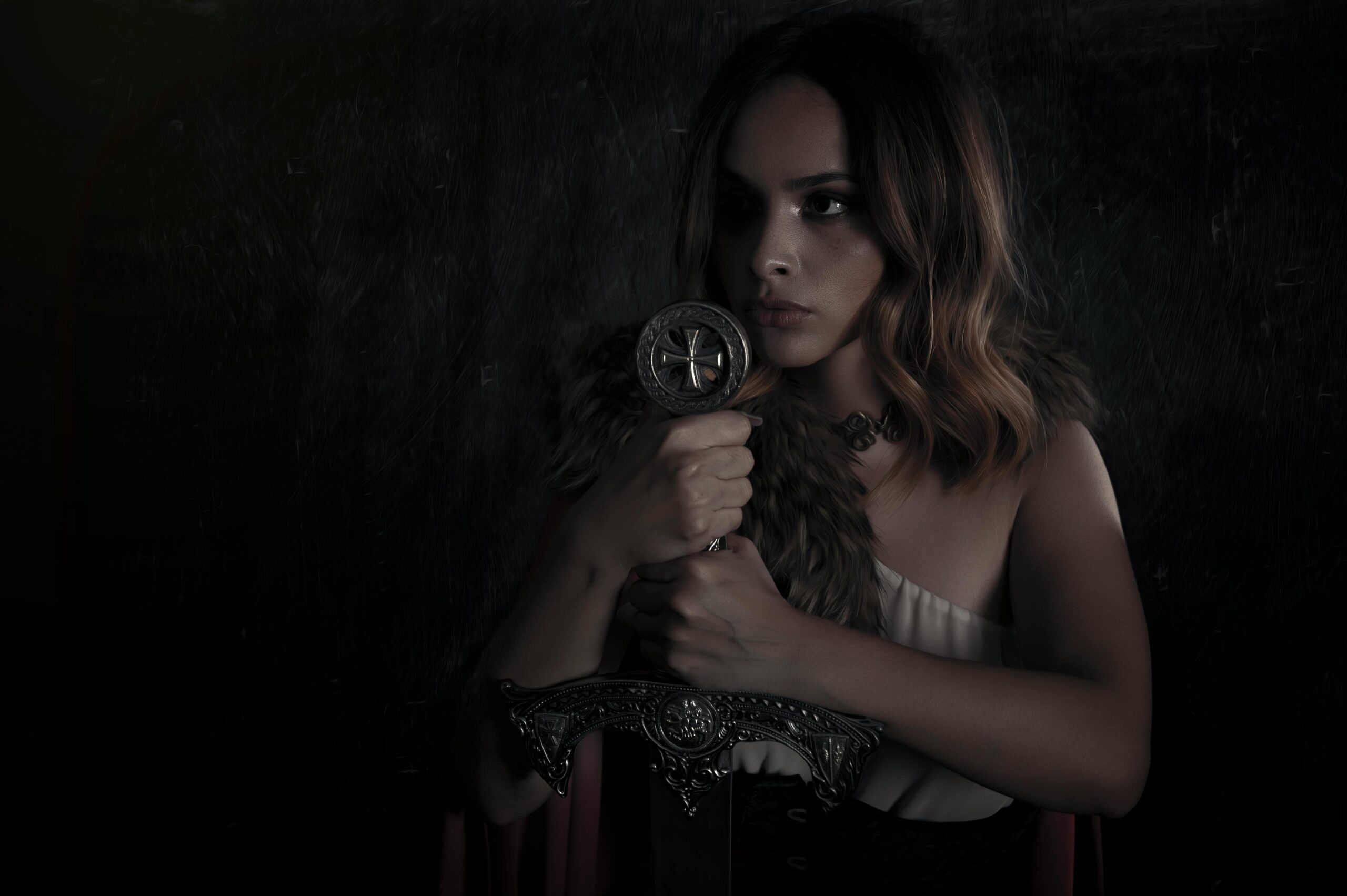Myths are not ancient fairy tales—they are mirrors reflecting the hidden landscapes of our subconscious mind, revealing truths about human nature that transcend time.
🌟 The Timeless Language of Myths
Throughout human history, civilizations have woven intricate tapestries of myths and legends that continue to captivate our imagination. These stories, passed down through countless generations, serve as more than mere entertainment. They function as psychological blueprints, encoding profound wisdom about the human experience and offering pathways to understanding the mysterious realm of our subconconscious mind.
The power of myth lies in its ability to communicate complex psychological truths through symbolic narratives. When we engage with mythological stories, we’re not simply reading ancient texts—we’re accessing a universal language that speaks directly to the deeper layers of our consciousness. This symbolic communication bypasses our rational defenses and resonates with something primal within us, touching upon fears, desires, and aspirations that remain constant across cultures and epochs.
The Architecture of the Subconscious Mind
To understand how myths interact with our psyche, we must first explore the nature of the subconscious mind itself. This vast internal landscape operates beneath the threshold of our everyday awareness, influencing our thoughts, emotions, and behaviors in ways we rarely recognize. The subconscious mind stores our memories, shapes our beliefs, and harbors the archetypal patterns that myths so powerfully illuminate.
Unlike our conscious mind, which processes information linearly and analytically, the subconscious communicates through images, emotions, and symbols. This is precisely why mythological narratives possess such transformative potential—they speak the native language of our deeper consciousness. When we encounter a hero’s journey or a tale of transformation, these stories activate neural pathways that connect with our own unspoken experiences and latent potentials.
Symbols as Gateways to Inner Wisdom
Every element within a myth carries symbolic weight. The dragon guarding treasure represents not just external obstacles but our internal resistances to growth. The wise old mentor embodies the accumulated wisdom accessible within our own psyche. The dark forest symbolizes the unknown territories of our unconscious mind that we must traverse to achieve wholeness and self-realization.
These symbols function as keys that unlock different chambers of our subconscious awareness. When we contemplate mythological imagery, we engage in a form of active meditation that allows unconscious material to surface into consciousness. This process enables us to access insights, creative solutions, and emotional healing that remain hidden when we rely solely on rational thought.
Carl Jung and the Collective Unconscious 🧠
The Swiss psychiatrist Carl Jung revolutionized our understanding of myths by proposing the concept of the collective unconscious—a shared psychological inheritance that all humans carry within their psyche. According to Jung, this collective unconscious contains archetypes: universal patterns and images that recur across different cultures and historical periods.
Jung observed that similar mythological themes appear independently in civilizations with no contact with one another. The hero’s journey, the great flood, the divine child, the wise elder—these narrative patterns emerge spontaneously because they reflect fundamental structures within the human psyche itself. Myths, therefore, are not invented from nothing but discovered through the process of giving narrative form to these archetypal energies.
This perspective transforms how we relate to mythological stories. Rather than viewing them as primitive attempts to explain natural phenomena, we recognize them as sophisticated psychological documents that map the terrain of human consciousness. Each myth becomes a guide for navigating specific psychological challenges and developmental stages that remain relevant regardless of our technological advancement.
Archetypes in Modern Life
The archetypal patterns that myths illuminate continue to shape our contemporary experience, even when we don’t consciously recognize their influence. The Hero archetype drives our ambition and quest for achievement. The Shadow archetype contains the disowned aspects of ourselves that we project onto others. The Anima and Animus represent the contrasexual elements within our psyche that seek integration and expression.
Understanding these archetypal forces allows us to navigate life with greater self-awareness. When we recognize that our conflicts often reflect mythological patterns playing out in modern contexts, we gain perspective and access to timeless wisdom for resolving them. The colleague who irritates us may be carrying our Shadow projection. The career challenge we face may be our personal hero’s journey requiring courage and transformation.
Joseph Campbell and The Hero’s Journey
Comparative mythologist Joseph Campbell spent decades studying mythological narratives from diverse cultures, discovering a universal pattern he termed “the monomyth” or “the hero’s journey.” This narrative structure appears with remarkable consistency across traditions, suggesting it reflects a fundamental pattern in human psychological development.
The hero’s journey typically follows this structure: a protagonist living in the ordinary world receives a call to adventure, initially refuses the call, meets a mentor, crosses a threshold into an unknown realm, faces trials and allies, confronts a supreme ordeal, obtains a reward or boon, and returns transformed to benefit their community. This pattern mirrors the psychological journey of individuation—the process of becoming fully ourselves.
Campbell’s insights reveal that mythological heroes represent not distant figures to admire but templates for our own development. Each of us is called to leave the familiar comfort of our known identity, venture into the uncertain territories of growth and change, face our fears and limitations, and emerge with new capacities that serve not only ourselves but our communities.
Practical Applications of Mythological Wisdom
Recognizing our life challenges as manifestations of the hero’s journey provides both comfort and guidance. During difficult transitions—career changes, relationship endings, health crises, existential questioning—we can locate ourselves within this universal narrative structure and draw strength from knowing countless others have navigated similar passages.
The mentor figure in myths reminds us to seek guidance during challenging times. The threshold guardians we encounter teach us that resistance often appears precisely when we’re on the verge of meaningful growth. The allies and enemies we meet reflect aspects of our own psyche that either support or undermine our development.
Myths as Therapeutic Tools 💫
Modern therapeutic approaches increasingly recognize the healing potential of engaging with mythological narratives. Narrative therapy, depth psychology, and creative arts therapies all utilize mythological frameworks to help individuals make sense of their experiences and access inner resources for transformation.
When we identify the mythological pattern underlying our personal struggles, we shift from feeling isolated in our suffering to recognizing our participation in timeless human dramas. This perspective doesn’t diminish our pain but contextualizes it within a larger framework of meaning. The depression we experience might reflect the descent into the underworld that precedes spiritual rebirth. Our anger might signal the awakening of a warrior archetype demanding we establish healthier boundaries.
Engaging imaginatively with myths through active imagination, journaling, or artistic expression allows unconscious material to surface and be integrated. We might write dialogue with a mythological figure, paint our experience as a mythological scene, or consciously invoke archetypal energies when facing specific challenges. These practices bridge conscious and unconscious realms, facilitating psychological integration and healing.
The Shadow Side of Myths
While myths offer profound wisdom, they also carry shadow aspects that require critical examination. Many traditional myths reflect patriarchal values, justify violence, or portray certain groups as inferior. Engaging authentically with mythological material means recognizing these limitations while extracting the psychological truths they contain.
The task is not to reject myths wholesale due to their problematic elements but to engage with them consciously and critically. We can appreciate the psychological insight in a myth while questioning its cultural biases. We can reimagine traditional narratives from marginalized perspectives, creating new mythological expressions that honor diversity while maintaining connection to archetypal depths.
This critical engagement itself reflects mythological themes—the hero must sometimes challenge the very traditions they inherit, the wise elder sometimes requires updating, and transformation demands we question inherited assumptions. Our relationship with mythology must remain living and dynamic rather than fossilized in uncritical reverence.
Creating Personal Mythology 🎭
Beyond studying traditional myths, we can engage in the creative process of developing our personal mythology—narrative frameworks that give meaning and coherence to our individual life journey. This process involves identifying the key themes, challenges, turning points, and aspirations that define our unique path.
Creating personal mythology begins with reflection on our life story: What obstacles have we overcome? What helpers appeared at crucial moments? What treasures have we sought? What transformations have we undergone? By casting our experiences in mythological terms, we recognize patterns, extract meaning, and identify the archetypal energies operating in our lives.
This practice doesn’t mean inventing fictions but rather discerning the deeper narrative structure beneath surface events. We might recognize ourselves as the Wanderer seeking belonging, the Wounded Healer transforming suffering into service, or the Artist bringing new forms into existence. These mythological identities provide frameworks for understanding our purpose and navigating future choices.
Rituals and Symbolic Actions
Personal mythology becomes most powerful when embodied through ritual and symbolic action. Creating ceremonies to mark transitions, establishing symbolic practices that honor our values, or crafting personal talismans that represent our aspirations—these activities engage the subconscious mind in ways that purely intellectual understanding cannot achieve.
Rituals work because they communicate in the symbolic language the subconscious understands. Lighting a candle to represent illumination, releasing something into flowing water to symbolize letting go, or climbing a mountain to embody overcoming obstacles—these actions bypass rational defenses and create psychological shifts at deeper levels.
Myths in the Digital Age
Our contemporary world may seem far removed from ancient mythological contexts, yet mythological patterns continue manifesting in modern forms. Superhero narratives dominate popular culture because they express archetypal energies in contemporary idioms. Science fiction explores mythological themes of creation, transformation, and humanity’s relationship with power. Even our relationship with technology carries mythological dimensions—the promise of transcending human limitations, the fear of our creations turning against us.
Recognizing these modern mythological expressions allows us to engage more consciously with the stories shaping our culture. What values do our dominant narratives promote? Which archetypes receive emphasis and which remain suppressed? How do contemporary myths reflect and shape our collective psychology?
The digital realm itself has become a kind of collective unconscious—a space where symbols, narratives, and archetypal energies circulate and interact at unprecedented speed and scale. Social media, virtual realities, and digital communities create new contexts for mythological expression and psychological exploration, for better and worse.
Awakening Through Mythological Consciousness 🌅
Ultimately, engaging deeply with myths invites us into a different relationship with reality—one that recognizes the symbolic dimension underlying ordinary experience. This mythological consciousness perceives the archetypal patterns animating daily life, transforming mundane existence into meaningful journey.
When we develop this mythological awareness, synchronicities become more apparent—those meaningful coincidences that suggest our lives follow patterns deeper than mere chance. Challenges reveal themselves as initiatory experiences designed to catalyze growth. Relationships appear as encounters with different aspects of our own psyche seeking integration.
This perspective doesn’t deny practical reality but enriches it with layers of meaning that nourish our psychological and spiritual development. We learn to live simultaneously on multiple levels—engaging practically with worldly demands while remaining aware of the deeper currents flowing beneath surface appearances.
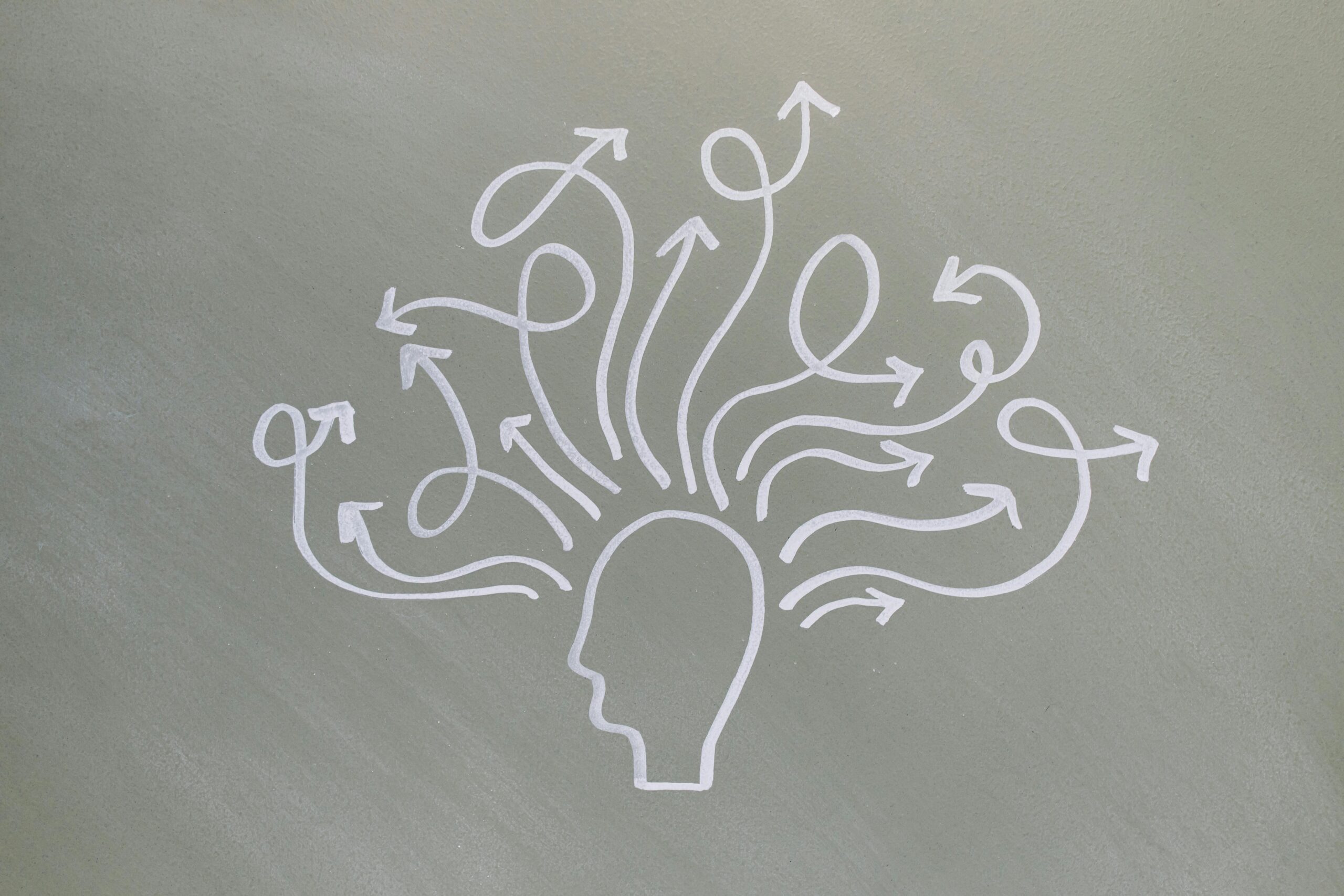
The Unending Quest for Wholeness
The ultimate message of myths across cultures points toward wholeness—the integration of conscious and unconscious, light and shadow, masculine and feminine, individual and collective. This quest for wholeness, which Jung termed individuation, represents the deepest purpose of human psychological development.
Myths provide roadmaps for this journey, showing us that wholeness emerges not from perfection but from embracing our totality, including aspects we’ve rejected or denied. The hero must descend into darkness to find light. The princess must awaken from unconscious slumber. The wounded king must be healed to restore the wasteland. Each narrative reflects the psychological work of integration.
By uncovering the power of myth and exploring the depths of our subconscious mind, we participate in this ancient yet eternally relevant quest. We discover that the stories we carry within us shape the lives we live, and by engaging consciously with these narratives, we reclaim authorship of our journey toward wholeness and authentic self-expression.
The myths that have guided humanity for millennia remain available to guide us still—not as fixed dogmas but as living symbols that continue revealing new depths as we mature in our capacity to understand them. In this sense, the exploration of myth is never complete but continuously unfolds, inviting us deeper into the mysteries of consciousness itself.
Toni Santos is a myth-psychology researcher and narrative writer exploring how archetypes, symbols and human story converge to shape mind, culture and meaning. Through his studies on the collective unconscious, comparative mythology and symbolic dream interpretation, Toni examines how the myths we tell reflect the patterns we live — and how awareness of these patterns can spark transformation. Passionate about hero’s journeys, mythic motifs and dream-language, Toni focuses on how story acts as both mirror and map for inner depth and growth. His work highlights the bridges between myth, psyche and culture — guiding readers toward a deeper encounter with themselves and the stories they carry. Blending psychology, mythology and narrative theory, Toni writes about the hidden architecture of meaning — helping readers understand how symbols, stories and dreams shape experience and identity. His work is a tribute to: The power of myth to reveal the unseen structures of psyche The journey from archetype to individual lived story The art of dream-language as a path to wholeness Whether you are a storyteller, psychologist or traveller in the inner landscape, Toni Santos invites you to explore the mythic dimension of mind — one symbol, one myth, one insight at a time.
